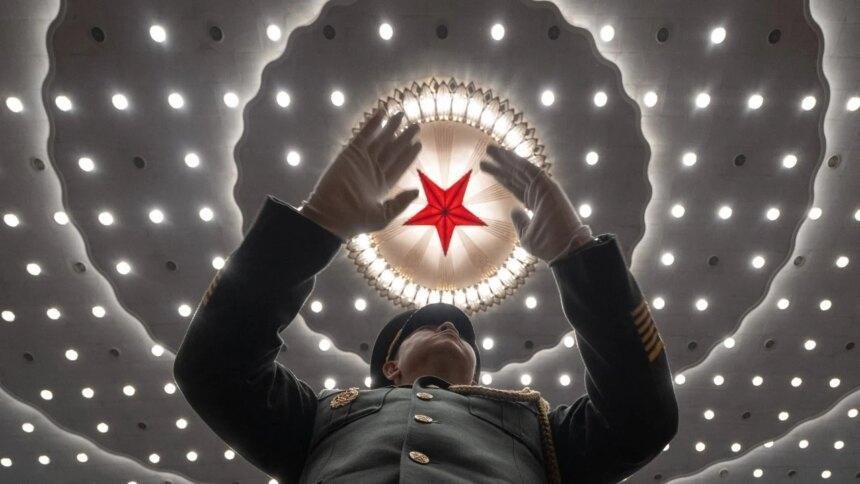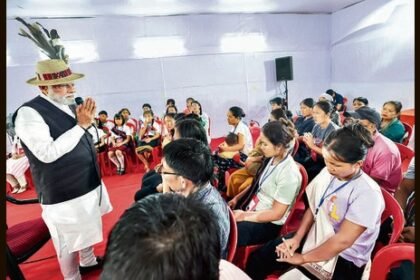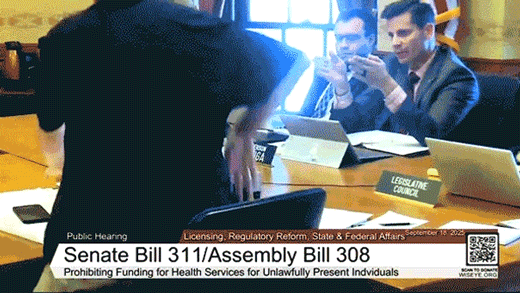High Turnover in China’s Central Committee Ahead of Fourth Plenary Session
As China prepares for its upcoming fourth plenary session, scheduled between October 20 and 23 in Beijing, the political landscape is witnessing unprecedented changes. This session, one of seven typically held during each five-year term of the Central Committee, is expected to focus on outlining the nation’s next five-year plan. However, the backdrop of ongoing corruption investigations and the passing of several officials has led to a significant turnover within the committee, marking the highest rate of change since 2017.
Context of the Central Committee
The Central Committee of the Communist Party of China (CPC) plays a crucial role in shaping the country’s policies and governance. Formed during the 20th Party Congress in 2022, the current committee comprises 205 full members and 171 alternate members. The committee’s structure is designed to ensure a balance of power and representation within the party, but recent events have put this balance to the test.
Recent Resignations and Expulsions
The third plenum, held in July 2023, saw the replacement of three committee members, including former Foreign Minister Qin Gang. His resignation was accepted during the plenum, yet the party still referred to him as “comrade,” indicating that he may be under criminal investigation while retaining his party membership. This duality reflects the complexities of political loyalty and accountability within the CPC.
In addition to Qin, former Defense Minister Li Shangfu and former Rocket Force Chief Li Yuchao were expelled from the Central Committee and stripped of their party membership due to ongoing corruption investigations. These high-profile cases underscore the CPC’s intensified efforts to combat corruption, a campaign that has been a hallmark of President Xi Jinping’s administration since he took office in 2012.
Historical Perspective on Party Reshuffles
The current wave of turnover is reminiscent of past political purges within the CPC, particularly during the Cultural Revolution and the subsequent reforms of the late 20th century. Historically, such purges have often been used as tools for consolidating power and eliminating dissent within the party ranks. The ongoing investigations and resignations suggest a similar strategy may be at play today, as Xi Jinping seeks to reinforce his authority and ensure loyalty among party members.
Implications for Governance
The high turnover rate raises questions about the stability and effectiveness of governance in China. Frequent changes in leadership can lead to disruptions in policy continuity and implementation. As the CPC gears up for the next five-year plan, the need for experienced and stable leadership becomes increasingly critical. The upcoming plenary session will likely address these challenges, as the party seeks to navigate both internal strife and external pressures.
Future Outlook
With further reshuffles anticipated, the political landscape in China remains fluid. The CPC’s commitment to rooting out corruption may lead to additional resignations and expulsions, further altering the composition of the Central Committee. Observers are keenly watching how these changes will impact China’s domestic and foreign policies, particularly in light of rising tensions with the United States and other global powers.
Conclusion
As China approaches its fourth plenary session, the unprecedented turnover within the Central Committee highlights the ongoing challenges facing the CPC. The intertwining issues of corruption, political loyalty, and governance stability will be critical as the party outlines its vision for the next five years. The outcomes of this session could have far-reaching implications, not only for China’s political landscape but also for its role on the global stage.










